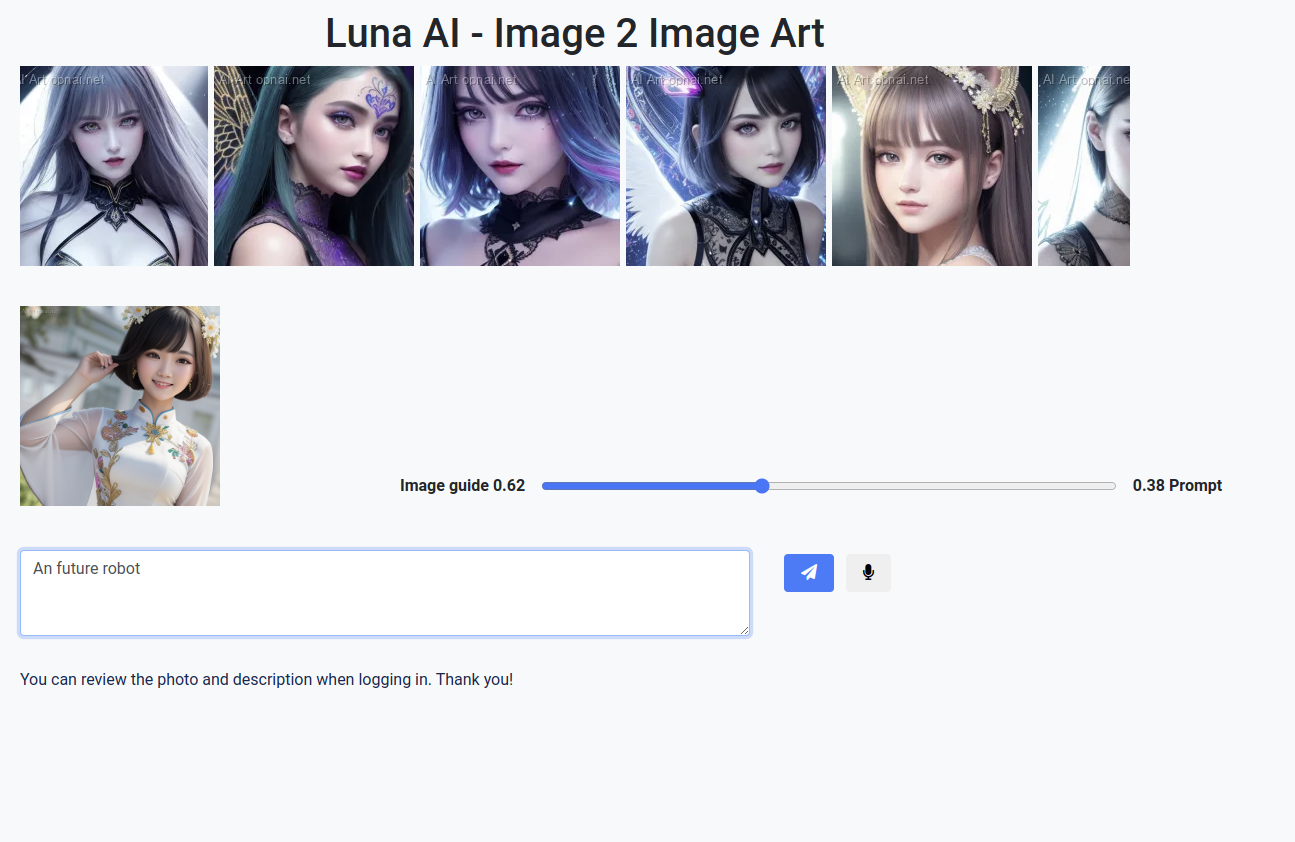Introduction: OpenAI's Image-to-Image model has revolutionized the field of computer vision by enabling us to transform images in exciting and creative ways. By leveraging the power of artificial intelligence, this model can generate impressive results, allowing users to convert images from one domain to another, enhance image quality, or even create entirely new visual content. In this article, we will explore the capabilities of OpenAI's Image-to-Image and discuss some compelling use cases.
Understanding Image-to-Image: OpenAI's Image-to-Image is an advanced machine learning model that utilizes deep neural networks to translate images from one domain to another. The model is trained on a vast amount of diverse data, enabling it to learn intricate patterns and generate realistic outputs. Whether it's converting sketches to realistic images, transforming day scenes to night, or altering the style of artwork, Image-to-Image can handle a wide range of image transformation tasks.
Application in Creative Fields: The Image-to-Image model has garnered significant attention from artists, designers, and creatives. Its ability to convert sketches into vivid images has proven particularly useful in the concept art and illustration industries. Artists can now quickly visualize their ideas and bring them to life with a few simple strokes. Additionally, the model's style transfer capabilities have opened up new possibilities for generating unique and visually appealing artwork.
Enhancing Image Quality: Another remarkable application of Image-to-Image is enhancing the quality of images. By leveraging the model's super-resolution capabilities, low-resolution images can be upscaled to improve their clarity and level of detail. This feature finds practical use in various domains, including medical imaging, satellite imagery, and surveillance footage, where enhancing image quality is crucial for analysis and decision-making.
Cross-Domain Transformation: Image-to-Image also allows for cross-domain transformations, where images from one domain can be converted to another. For instance, it can translate aerial images to maps, turning satellite imagery into street maps or architectural sketches into realistic buildings. This capability has numerous applications in urban planning, navigation systems, and even virtual reality.
Limitations and Challenges: While OpenAI's Image-to-Image is a powerful tool, it also faces certain limitations and challenges. The model's performance heavily relies on the quality and diversity of training data, which can affect its ability to generate accurate results for niche or complex transformations. Additionally, like many AI models, it may occasionally produce unexpected or undesirable outputs, requiring human intervention and fine-tuning.
Conclusion: OpenAI's Image-to-Image model has demonstrated impressive capabilities in transforming images across various domains. From enabling artists to visualize their ideas effortlessly to enhancing image quality and facilitating cross-domain translations, this AI-powered tool has found applications in multiple fields. As the technology continues to advance, we can expect even more exciting possibilities and improvements in the realm of computer vision.

